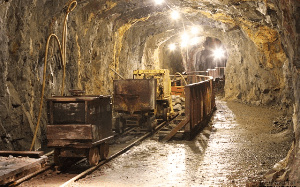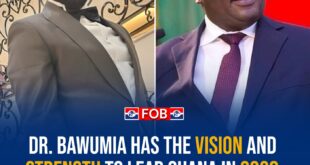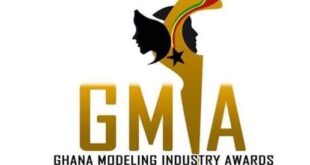A ferocious international bidding war for one of the most well-endowed gold mining concessions discovered in recent history has taken a dramatic new turn with what has been a two-horde tussle having become a three horse race.
The late entry of a wholly Ghanaian owned company which is looking to become the first indigenous owner of a major gold mine in Ghana had turned the bidding was on its head.
The fact that the Ghanaian company that has entered the fray – Engineers & Planners – is owned by one of the most well known Ghanaians, who also happens to be the younger brother of the immediate past President of the country who is seeking to return to that job at the December 7 presidential elections, makes the latest turn of events so much more dramatic.
Engineers & Planners (E&P) is owned by Ibrahim Mahama the politically controversial but eminently successful businessman who is the younger brother of John Dramani Mahama who was President of Ghana from August 2012 to January 7, 2017, and who is seeking a return to that exalted office as the presidential candidate of the National Democratic Congress, the country’s leading opposition party.
The younger Mahama has often been accused by the NDC’s political opponents of leveraging on his relationship with his elder brother to secure government contracts and permits as well as financing from state owned commercial lenders such as Agricultural Development Bank and Universal Merchant Bank. But even their most ardent critics cannot dispute E&P’s track record of professional excellence in its activities.
Anyway, the success or failure of Ibrahim’s latest venture cannot be influenced solely by his supposed connections – the bidding war that E&P has just joined is being played out on the Australian Stock Exchange and his opponents are both foreign companies. One is Shandong Gold, a Chinese state owned gold mining corporation and the other is the London Headquartered Norgold.
At stake is full ownership of Cardinal Resources, a company listed on the ASE which owns the Namdini Project, one of the most promising gold concessions in West Africa which stands to be developed into the first major gold mine to be located in northern Ghana.
It is located in the vicinity of Bolgatanga, Upper East Region. The feasibility study submitted in November last year, is based on proven and probable reserves of 5.1 million ounces of gold, which will support a mine with a 15 year life span that will produce 4.2 million ounces.
It is projected that 421,000 ounces will be produced in the first year, and 1.1 million ounces will be produced during the first three years of full production. Average annual production for the entire mine life is projected at 287,000 ounces.
This is based on a targeted 85 percent gold recovery rate during those first three years, using Aachen processing technology, adopted to reduce operating costs and utilize a carbon-in-leach plant. Indeed, projected all-in sustaining costs are a relatively low US$585 per ounce during the caital expenditure payback period of 21 months.
The mine is projected to generate US$1.46 billion in pre-tax free cashflow over the 15 years, which means royalties of some US$73 million for government, in addition to income tax and dividends on its 10 percent freely carried equity stake.
Capital expenditure will amount to US$348 million plus another US$42 million for contingencies and the projected gold price of US$1,350 per ounce is well below the current market price.
The mine will be a single open pit for surface mining.
Cardinal Resources had hoped to have its mine up and running before the end of 2022 but this depended on its securing all the requisite finance before the middle of this year, a proposition no longer possible because of the protracted bidding was and despite the attractive project economics.
Ibrahim Mahama’s entry into the bidding war is coming late in the game and is not the most competitive currently, at 1.05 Australian dollars.
It has been on since June and has seen the valuation of Cardinal Resources more than double between then and October, as the two foreign combatants have each raised the stakes time and again with new, higher bids in their efforts to outdo each other.
Before bidding opened, in March this year shares were trading at 0.46 Australian dollars. Bidding opened with Norgold’s A$0.60 in June but this was quickly overtaken by Shandong’s A$0.66.
At the time of E&P’s entry into the fray Shandong was the frontrunner with its latest bid standing at A$1.00 But E&P beat that, with its bid of A$1.05, although Shandong matched that almost immediately.
However, E&P’s bid has a key condition, this being that it acquires at least 51 percent of Cardinal a condition which NorGold insists makes it inferior.
Even more importantly, Norgold points out that E&P has not evidenced its financial capacity and indeed, believes that it does not have it.
 Home Of Ghana News Ghana News, Entertainment And More
Home Of Ghana News Ghana News, Entertainment And More





